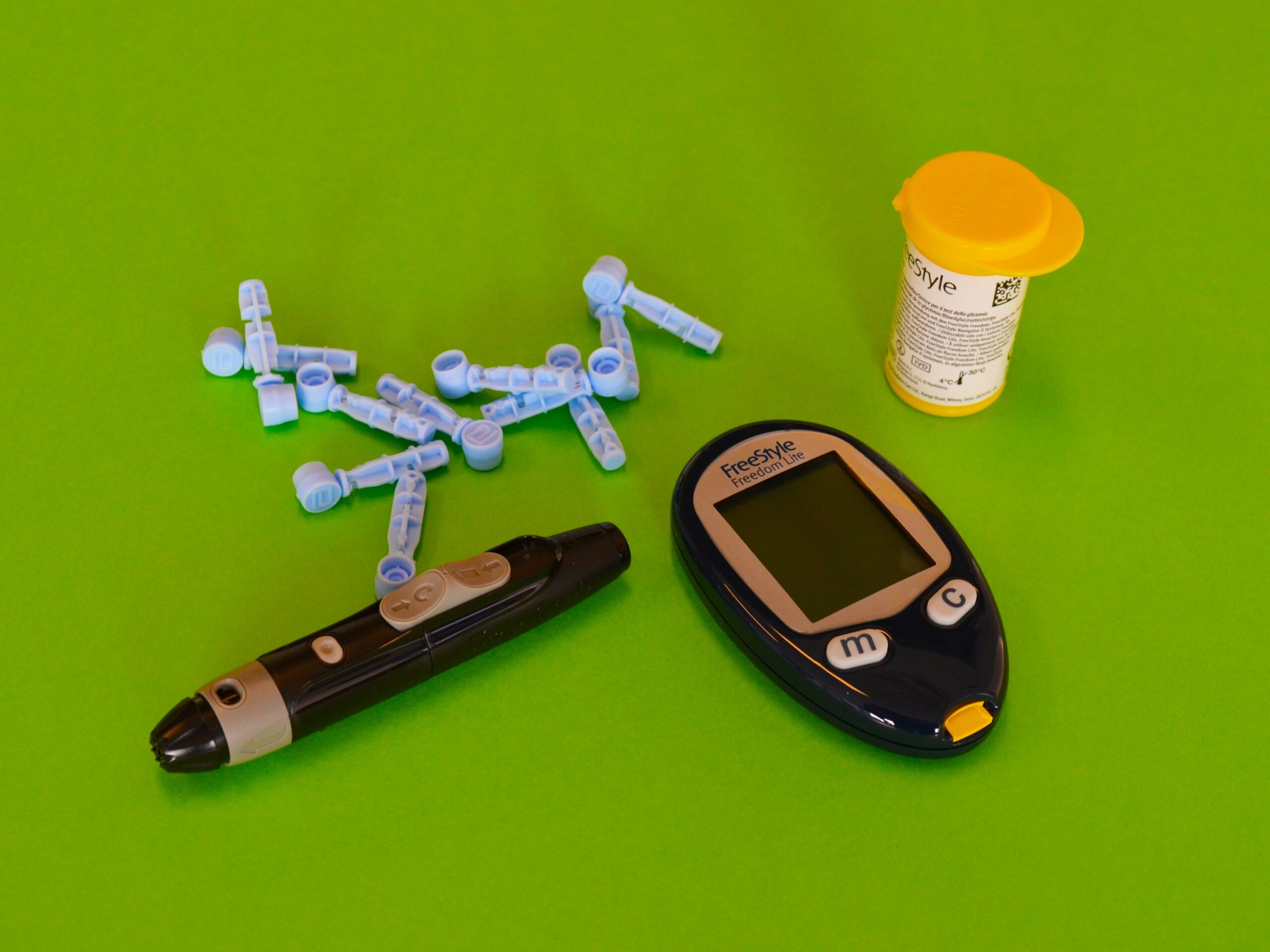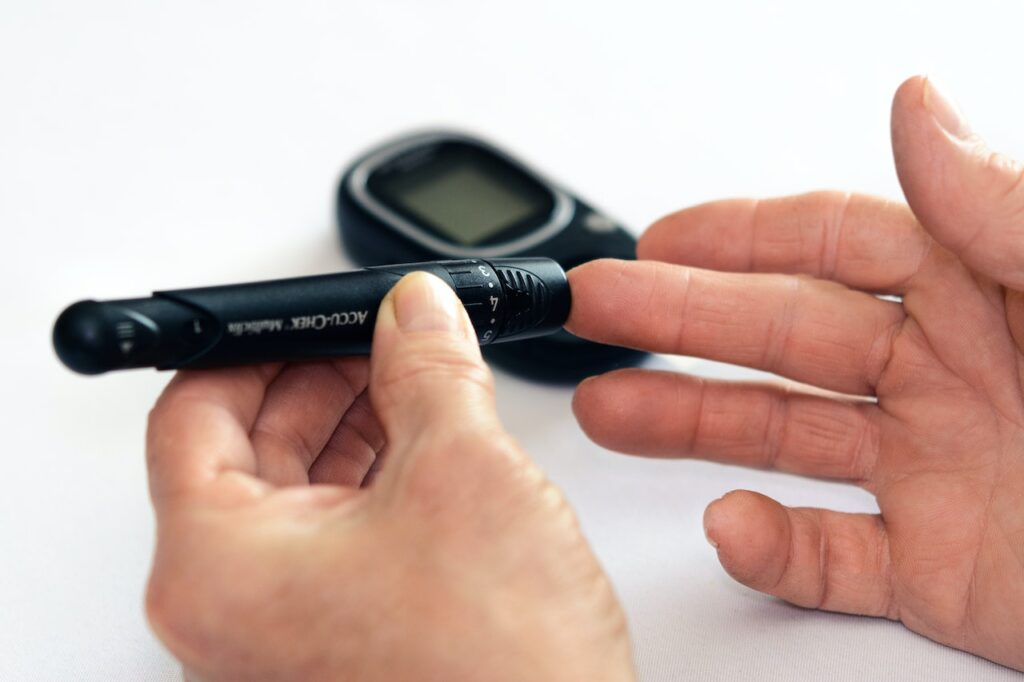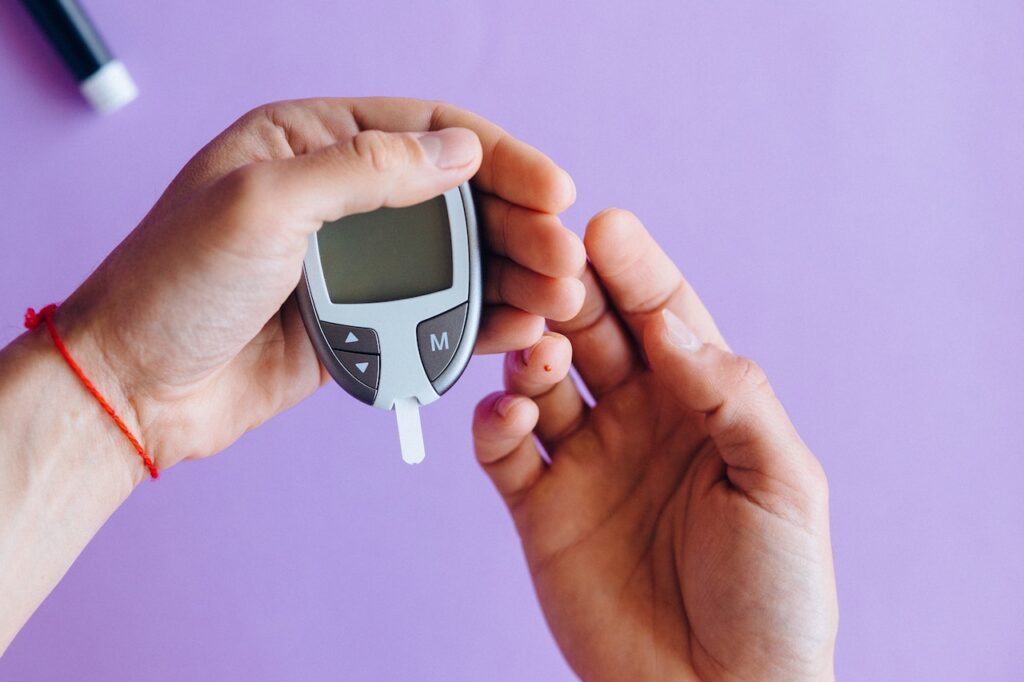
Diabetes is one of the most common conditions in the world, and many people have to transport medicine and insulin when flying. When preparing to pack diabetes supplies for air travel, it’s essential to go in with a plan. Choosing what to pack requires thoughtful consideration to ensure you have everything needed for a smooth travel experience.
The Risks of Improperly Packed Diabetes Supplies
Failing to pack diabetes supplies correctly can lead to several serious consequences during travel. If insulin is not stored at the required temperature, it may become ineffective, jeopardizing your health. Inadequate packing can also result in damaged equipment, such as broken insulin pumps or glucose monitors, which are crucial for managing your condition.
Furthermore, without proper labeling and easy access to these supplies, you might face delays at airport security, adding stress and potentially causing missed doses. Ensuring everything is packed securely and accessible is essential to maintaining your health while traveling.
Research Airline Policies and TSA Regulations
Before you head to the airport, it’s crucial to understand the specific airline policies and the Transportation Security Administration (TSA) regulations regarding medical supplies. Each airline might have different guidelines on how to carry medications and syringes, so contacting them ahead of time will clarify what you need to do. TSA allows diabetic supplies through checkpoints, but they must be declared. Preparing a clear, concise explanation for TSA agents about your diabetes supplies can smooth the way through security.
What Diabetes Supplies Do You Need?
To ensure you don’t forget anything, create a checklist of all diabetes supplies you’ll need for your trip. This list should include:
- Insulin and any other necessary medications
- Blood glucose monitoring equipment, including extra batteries
- A sufficient number of test strips and lancets
- Emergency snacks to treat low blood sugar
- A sharps disposal container for used needles

Consider the length of your travel and potential delays when determining the quantity of supplies to bring. Always pack extra in case of unexpected changes in your schedule.
Packing Tips for Diabetes Supplies
You need to pack diabetes supplies for air travel thoughtfully to avoid any damage or loss. Using hard-shell cases for delicate equipment like blood glucose monitors can prevent damage during transit. Inactivated insulin, which must be kept cool, should be stored in insulated cooling bags. While organizing your supplies, keep them accessible; for instance, store them in a carry-on bag that you can place under the seat in front of you rather than in the overhead bin.
Stress Reduction
When packing, think about the impact of stress on diabetes. Stress can affect your blood glucose levels, and air travel can get stressful at times, so having your supplies handy and well-organized can alleviate some travel-related stress. Label all your supplies clearly with your name and contact information. This helps identify your items quickly but also ensures that, in case they are misplaced, they can be returned to you without hassle.
Outsource Packing Help
Many people opt to fly to their new homes during a move, especially when relocating over long distances or across state lines, like my friend, who recently relocated from Texas back to Maryland. This choice often speeds up the transition and simplifies the logistics of moving day, especially for traveling with sensitive items.
However, preparing for a flight amidst a big move can be overwhelming, especially when it comes to packing your belongings securely. This is where outsourcing packing help can be invaluable. For those flying to Maryland, Here & Now Movers Maryland offers a range of moving services designed to make your relocation as smooth as possible. Their services include professional packing and long-distance and interstate moving, ensuring that everything from your delicate dishware to heavy furniture is expertly packed and transported.
By entrusting the packing to professionals, you can focus on your travel arrangements, packing your diabetes supplies, and settling into your new Maryland home with ease.
Preparing for Emergencies
Pack diabetes supplies for air travel with emergencies in mind to safeguard against unforeseen circumstances. Imagine your luggage gets lost or your flight gets delayed for hours—you’ll need a plan.
Keep digital and printed copies of all your prescriptions and a medical letter stating your need for these supplies. This documentation is crucial if you need to acquire more supplies while away.
Prepare a list of emergency contacts, including your doctor’s number and contact information for pharmacies and hospitals at your destination.
Also, remember it’s important to talk about your diabetes with travel companions or group leaders so they can assist in case of an emergency.
On the Day of Travel
As your travel day approaches, follow this checklist to ensure nothing is overlooked:
- Check that all supplies are correctly packed in your carry-on.
- Arrive at the airport early to navigate security with time to spare. In bigger airports, you will likely need more time than anticipated to navigate all the procedures.
- At security, declare your medical supplies to TSA agents to facilitate a smoother screening process.
Adjusting to New Time Zones
Traveling across time zones can complicate your diabetes management. As an example, if you are moving from Texas to Maryland, you will find yourself in a different time zone. Here’s how to handle it:
- Consult with your doctor before your trip to plan adjustments for your medication schedule.
- Use tools like diabetes management apps to track your blood glucose and medication times according to the new time zone.
Adapting your schedule ahead of time helps you stay on top of your diabetes management without missing a beat.
Pack Diabetes Supplies for Air Travel Carefully for Peace of Mind
Packing for air travel requires attention to detail, especially when you need to pack diabetes supplies for air travel. By following these guidelines, you ensure that your supplies are secure, accessible, and in ample quantity to handle your diabetes care during your flight and at your destination. With the right preparations, you can focus more on the excitement of your new adventure and less on managing your health.








































